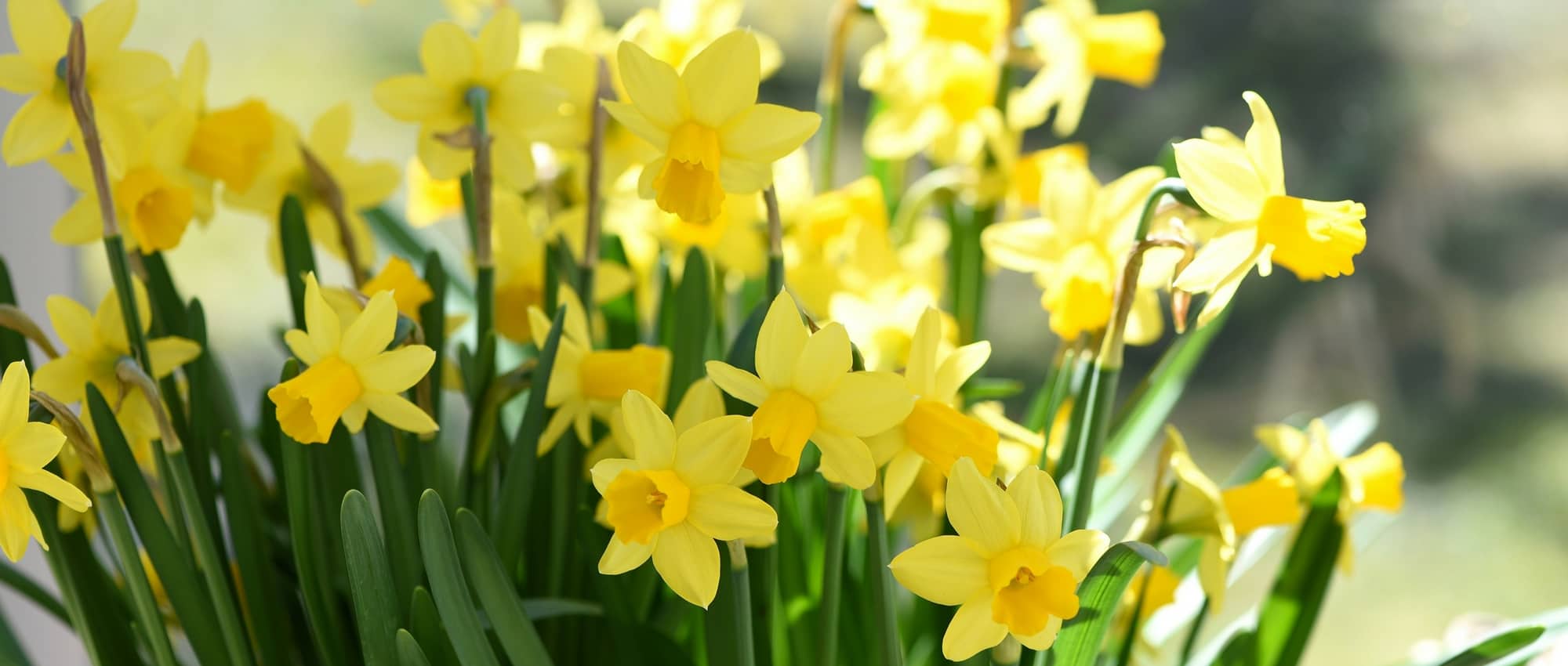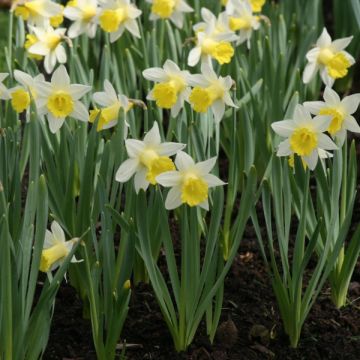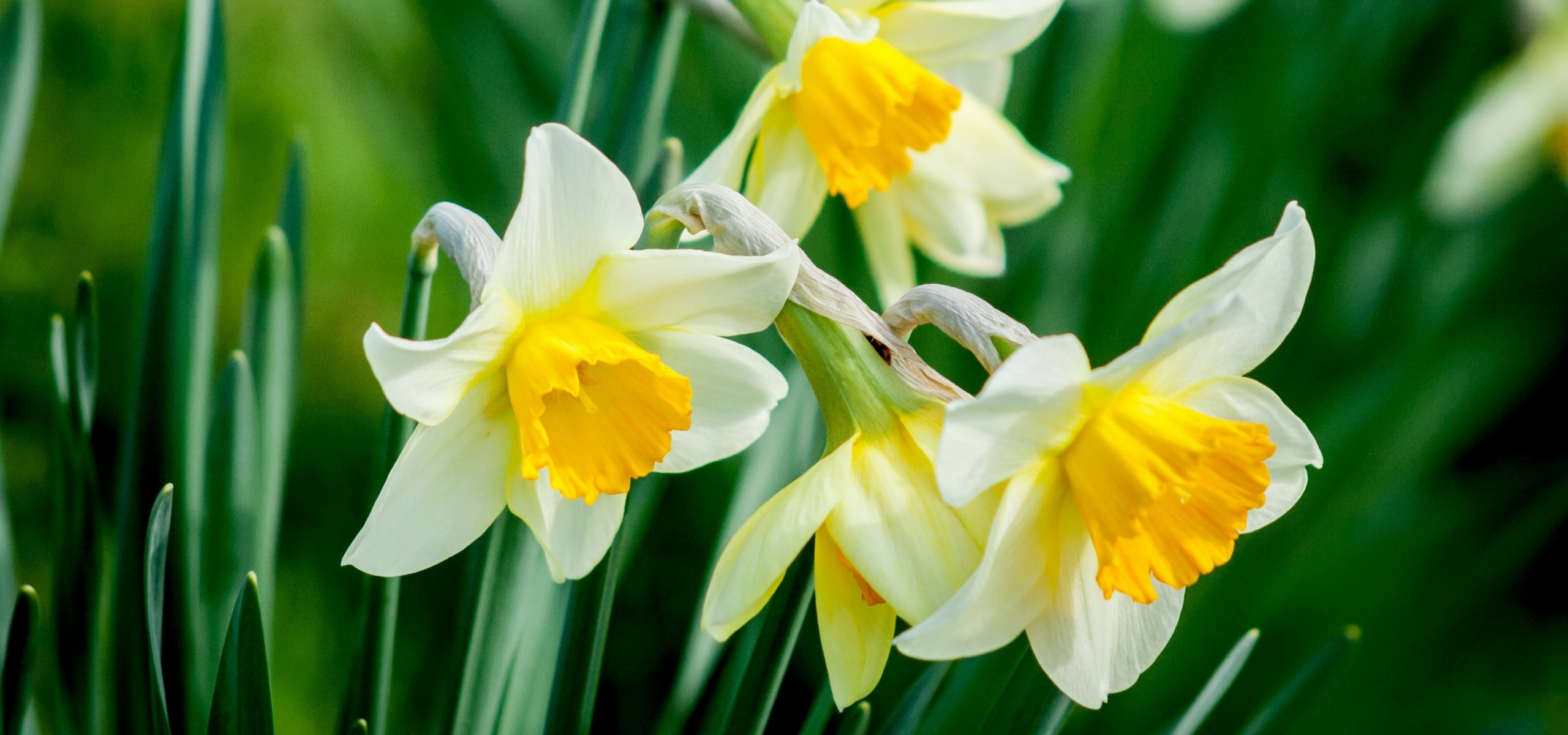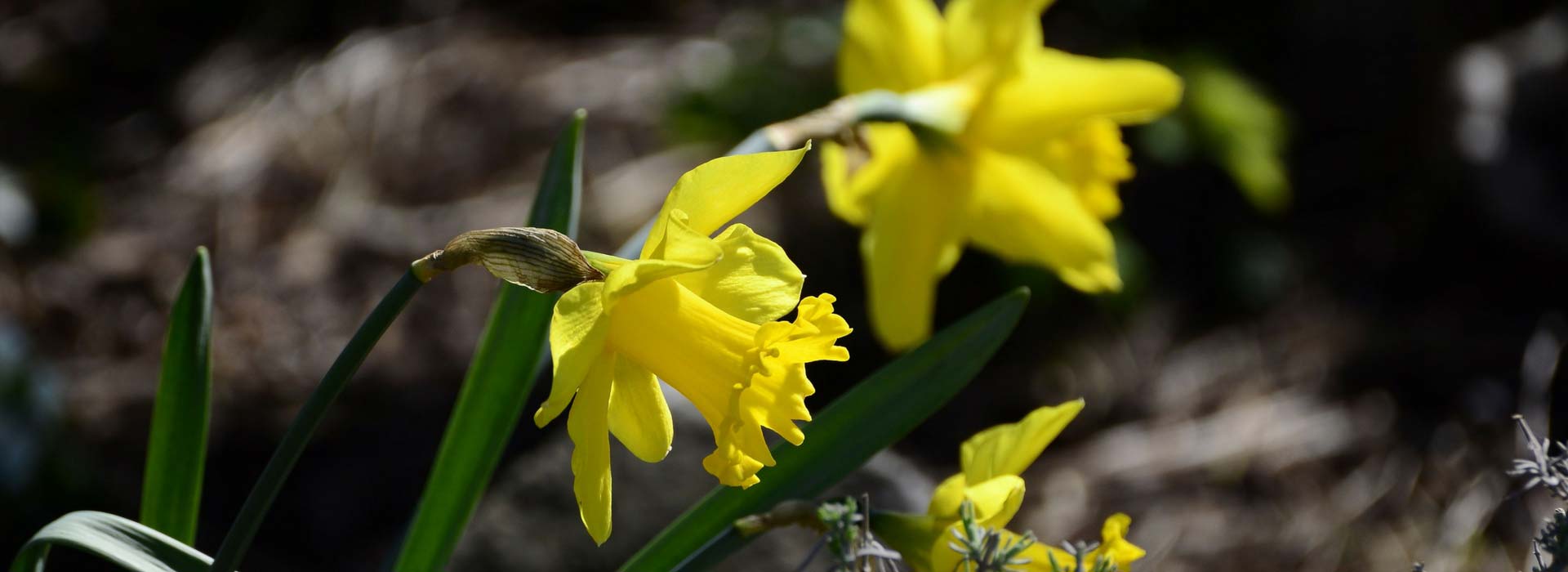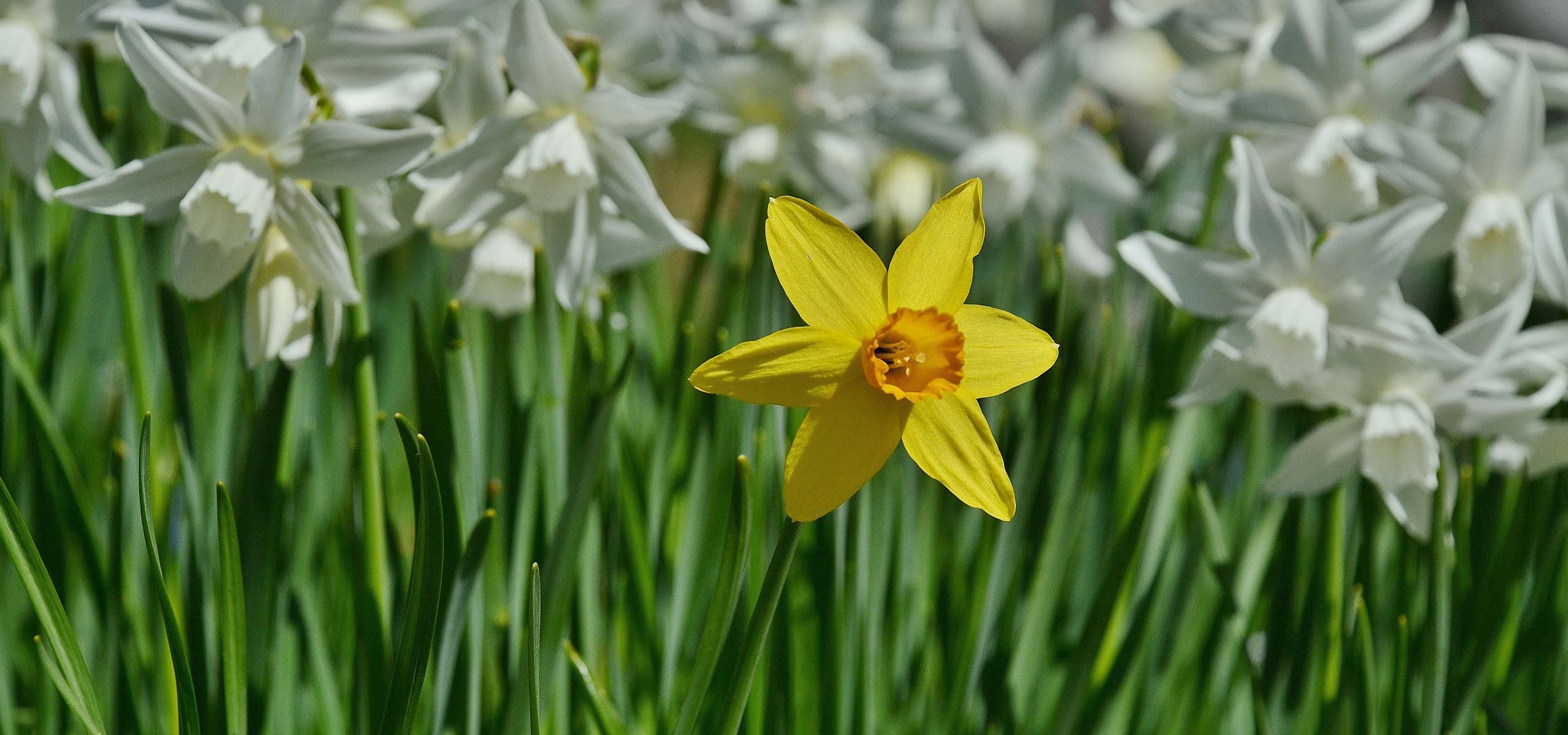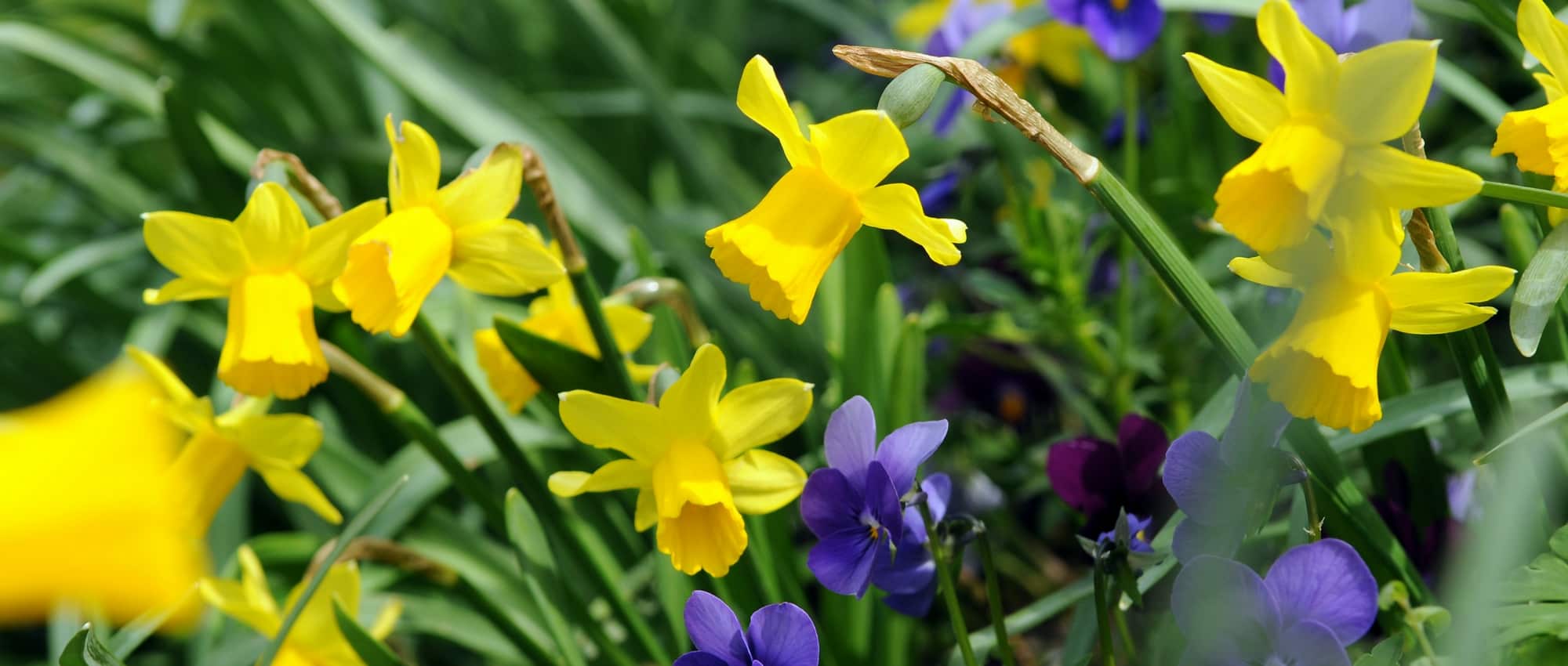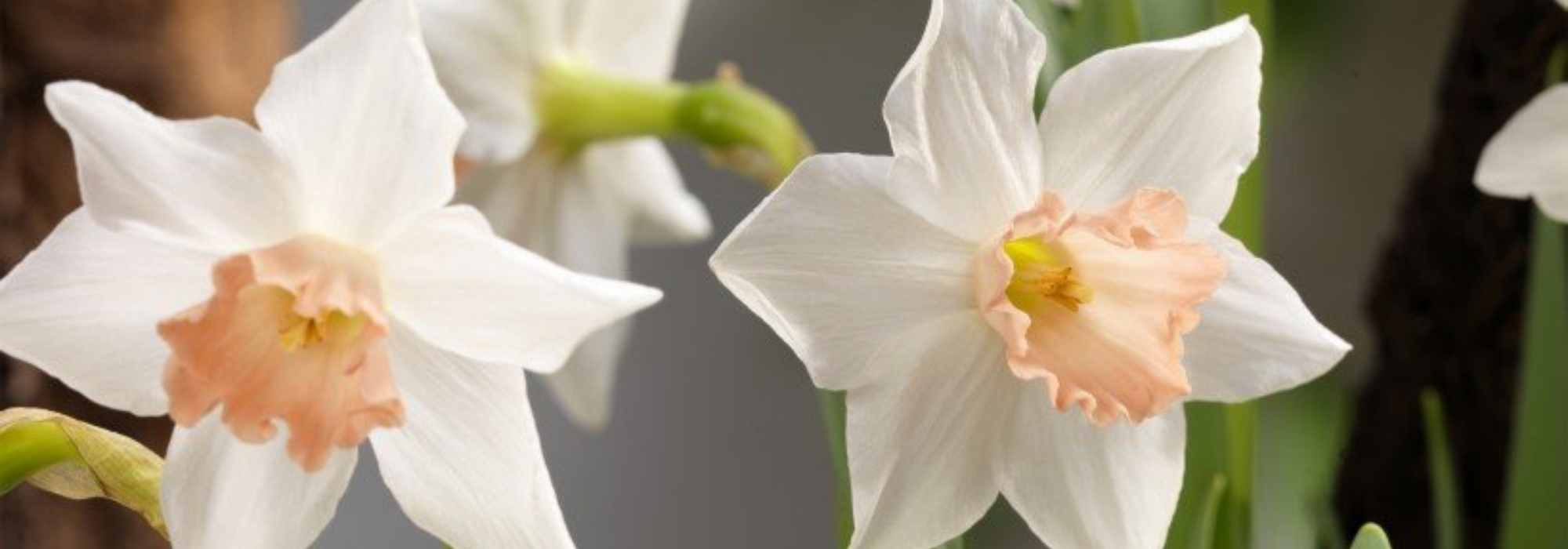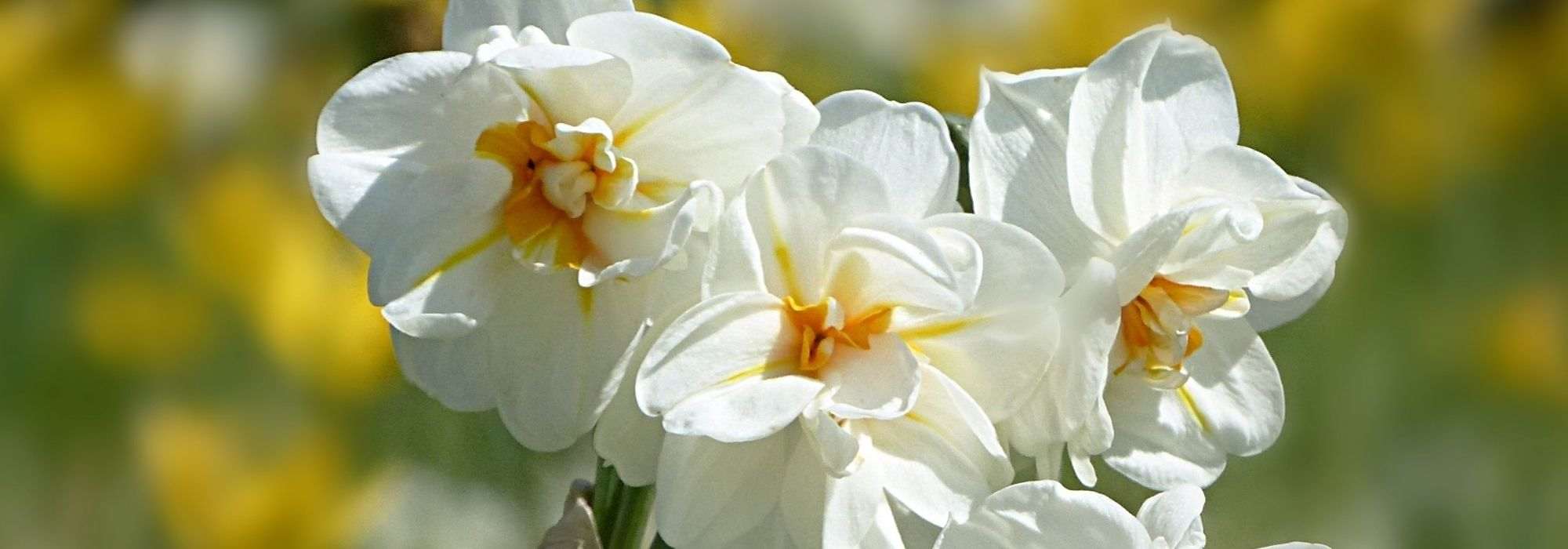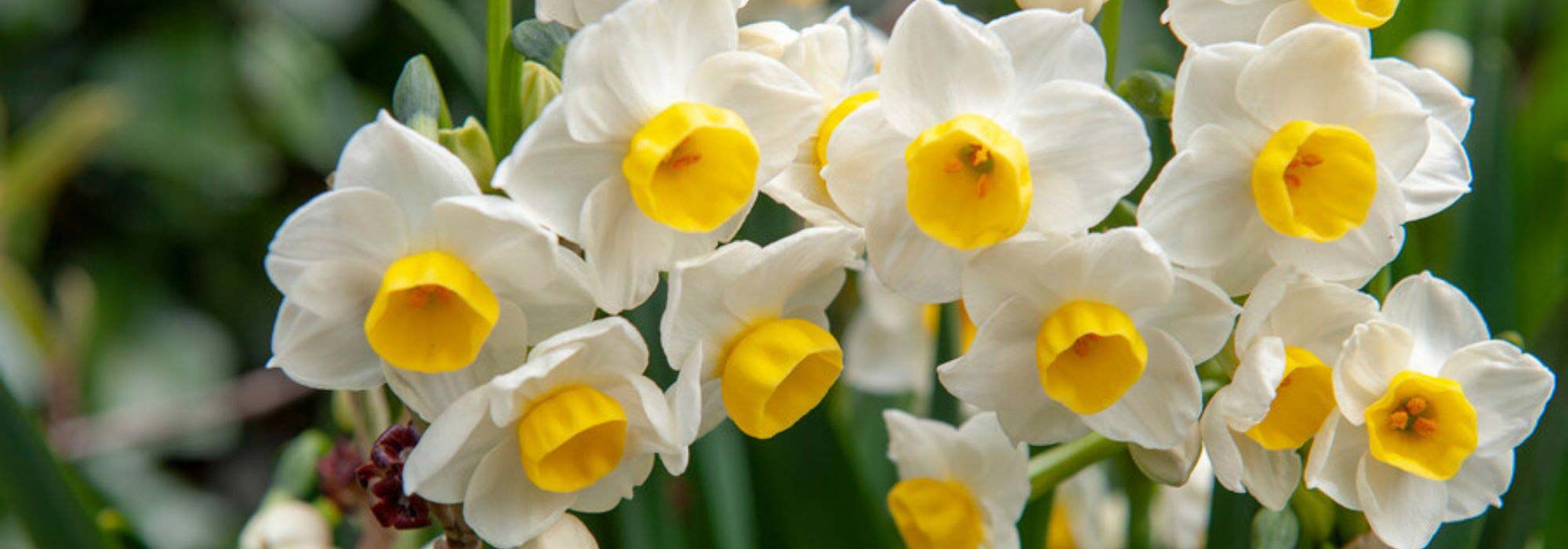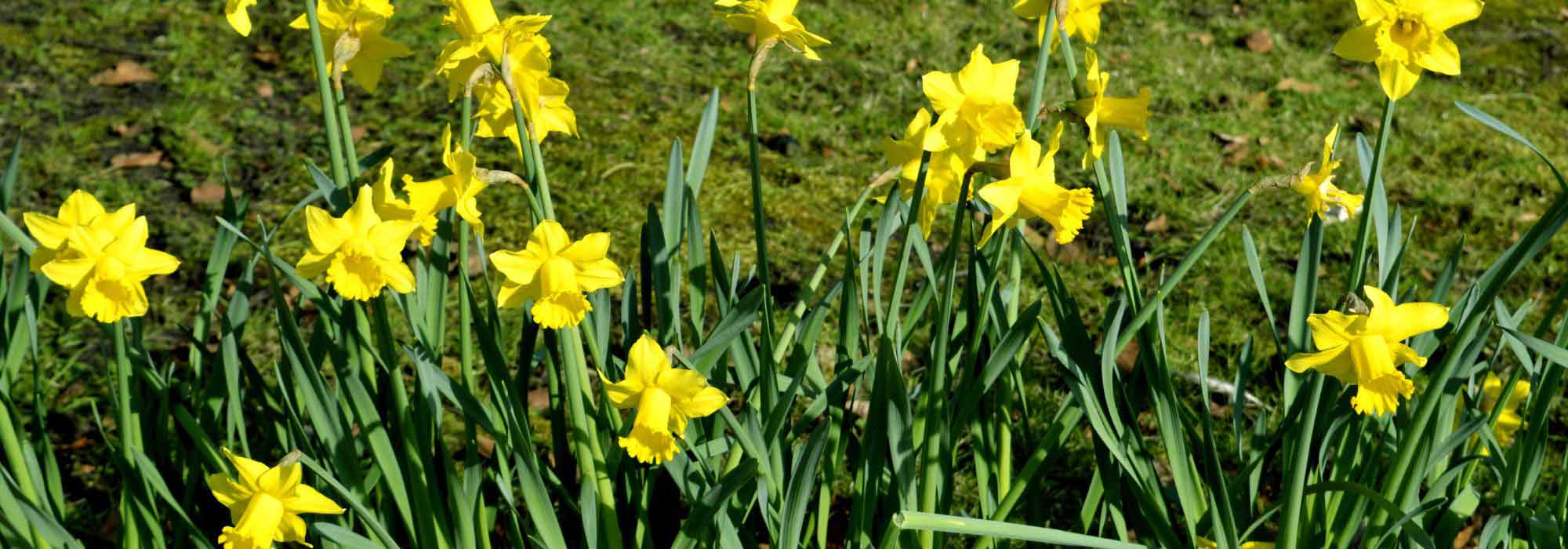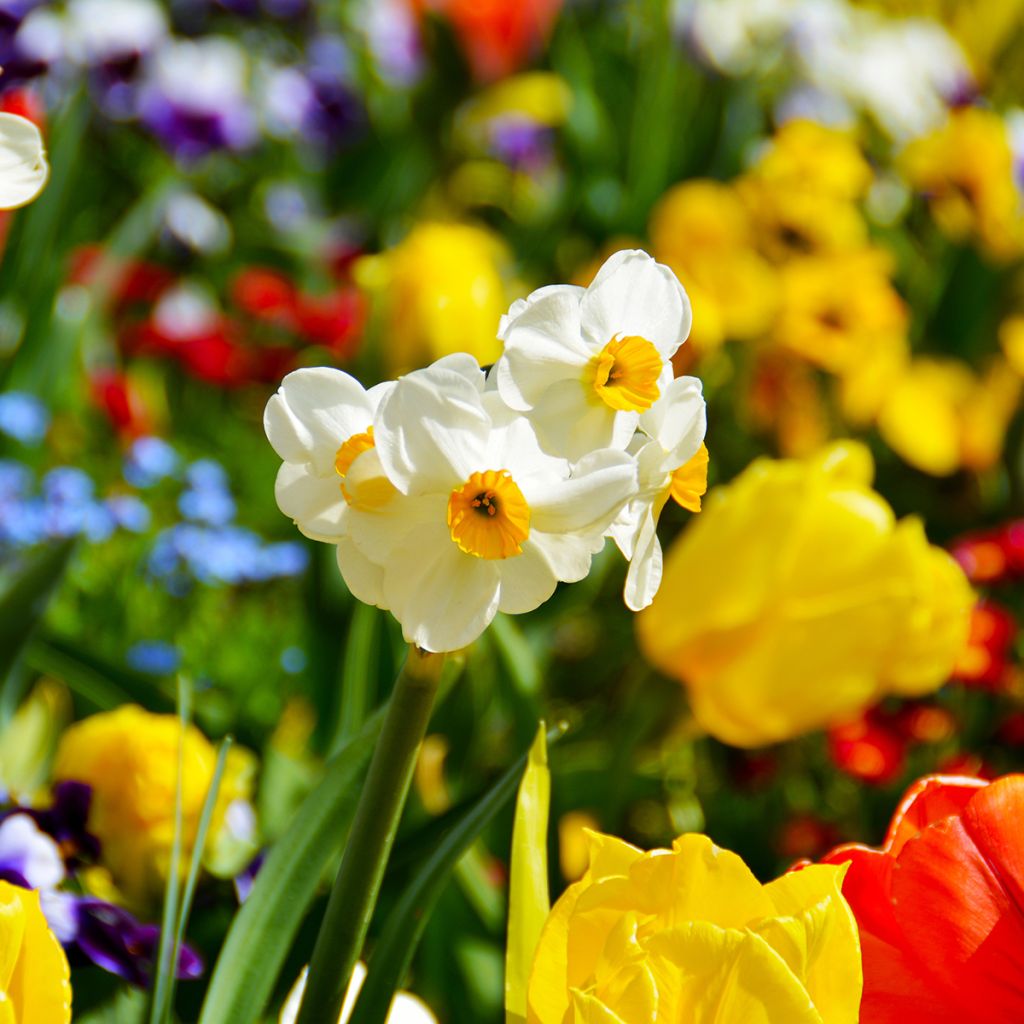

Narcissus tazetta Geranium
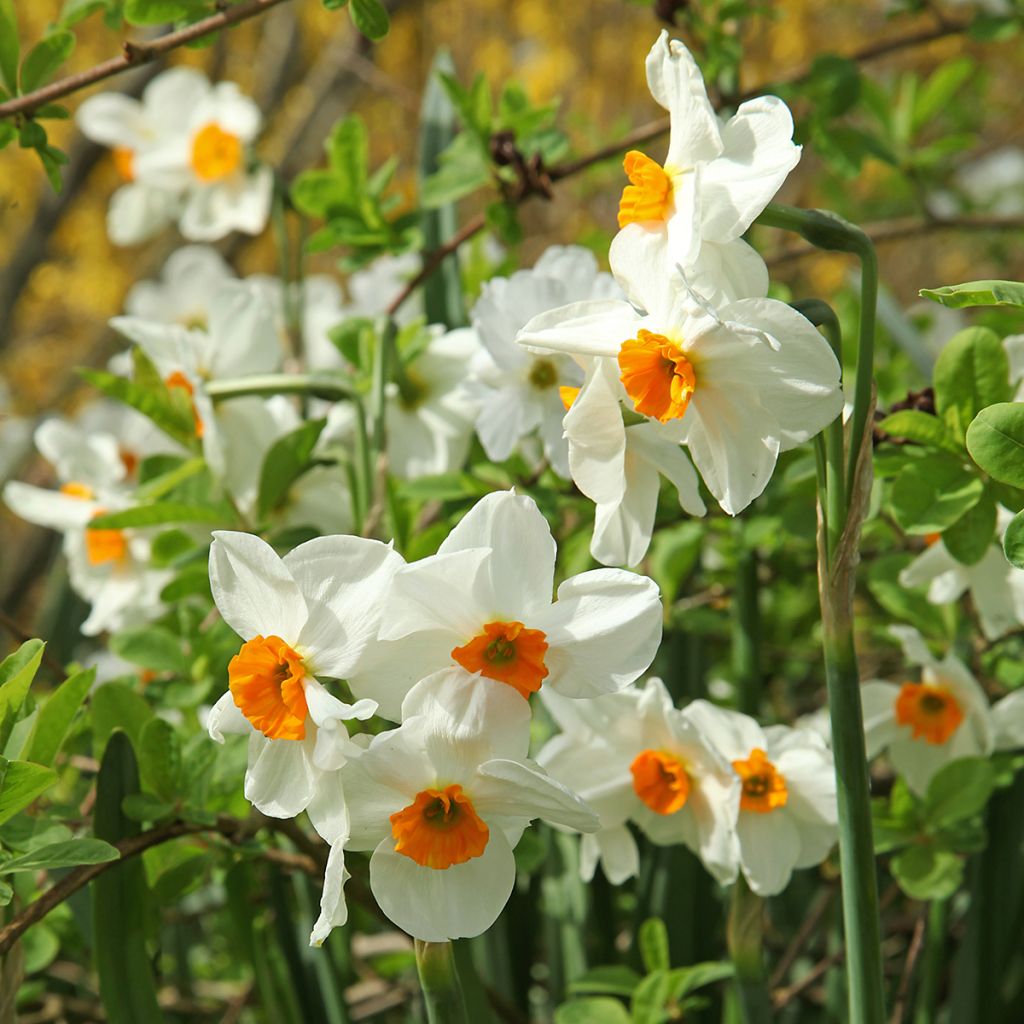

Narcissus tazetta Geranium
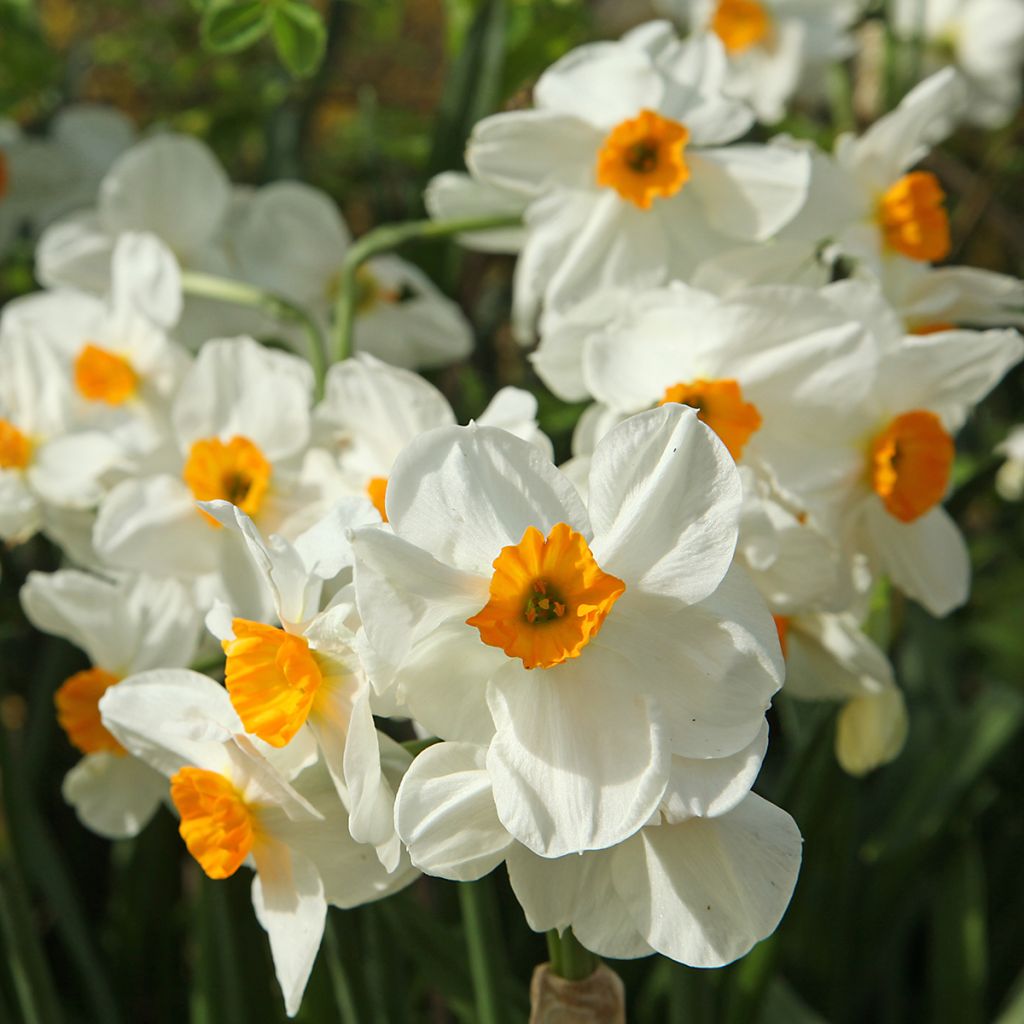

Narcissus tazetta Geranium
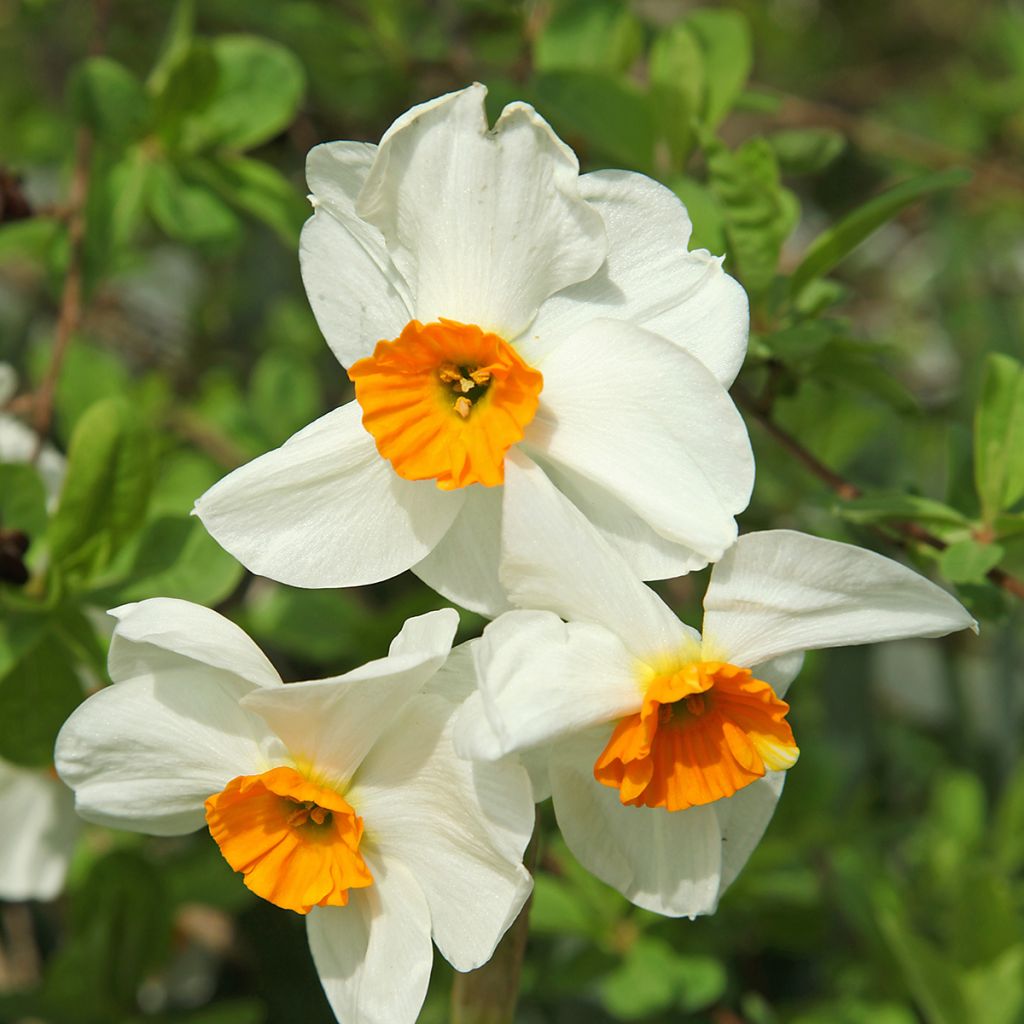

Narcissus tazetta Geranium
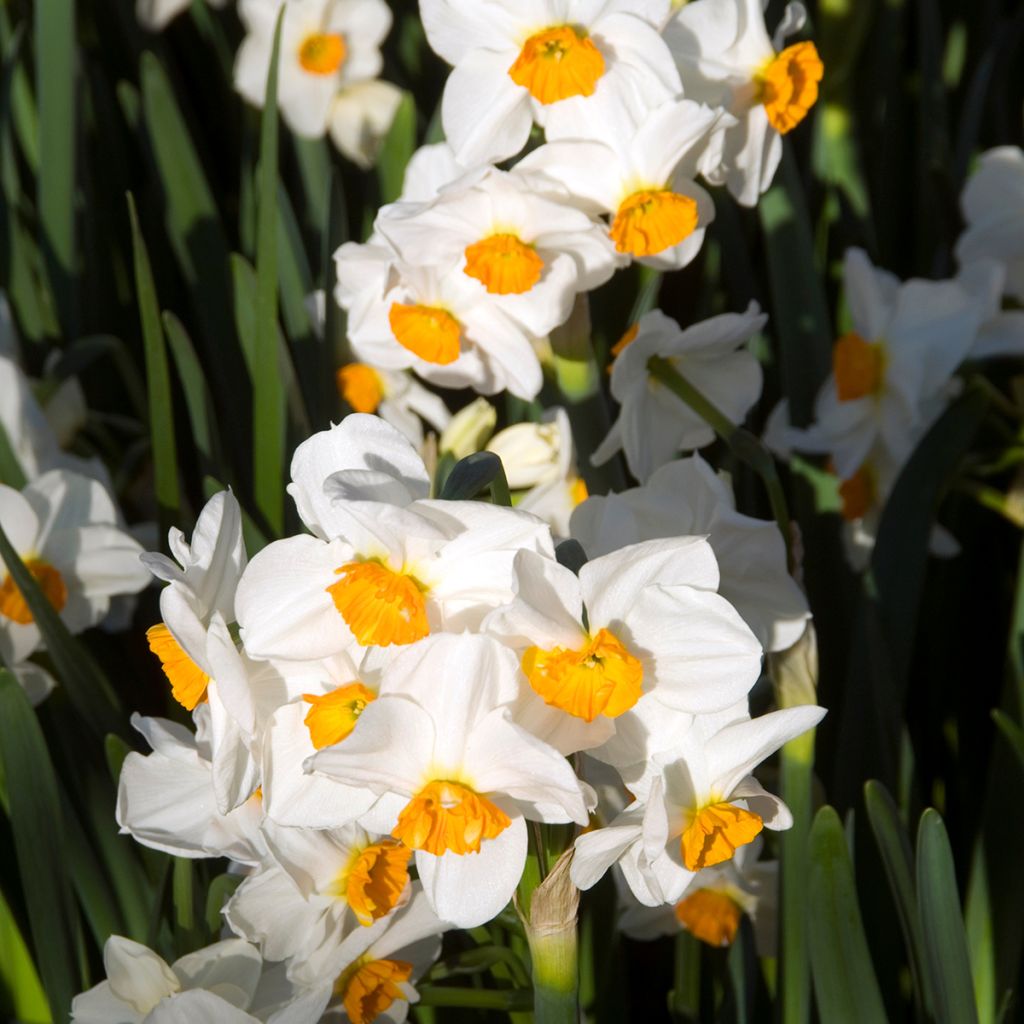

Narcissus tazetta Geranium
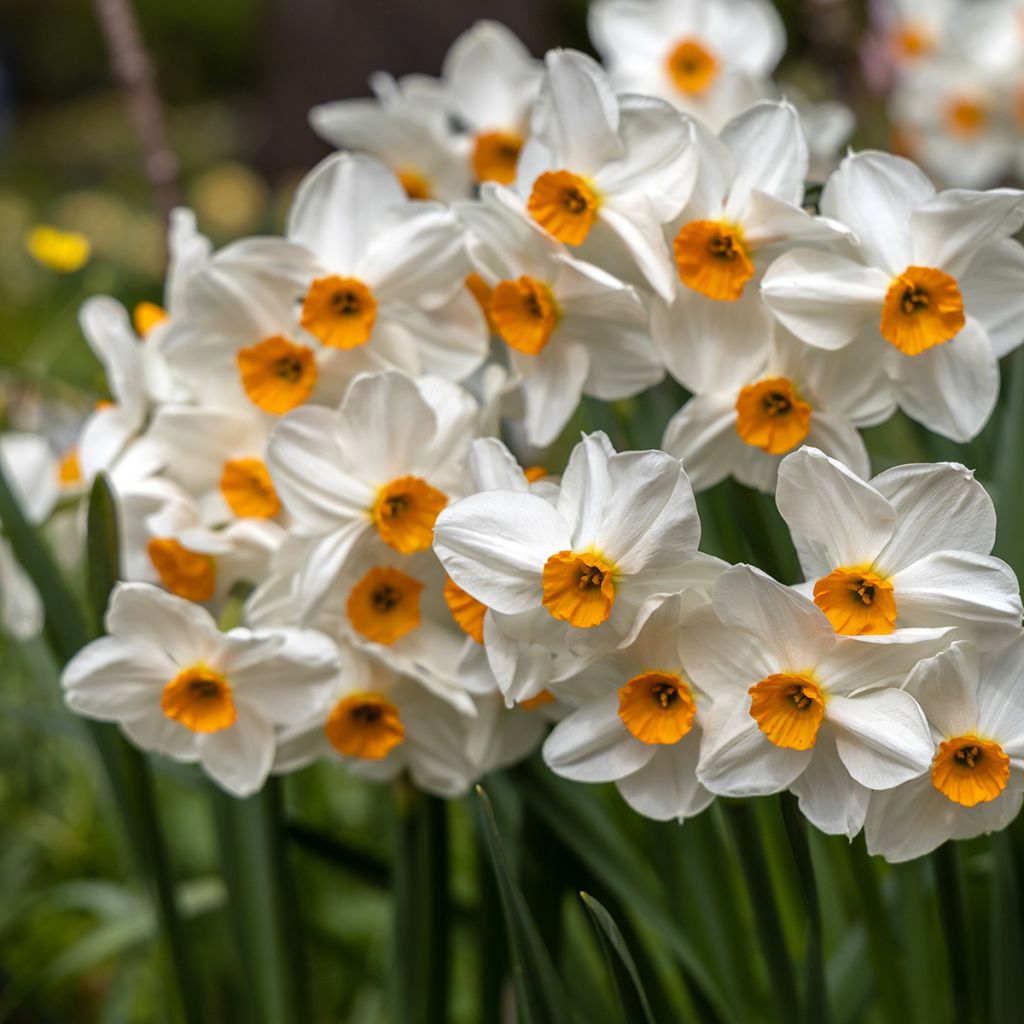

Narcissus tazetta Geranium
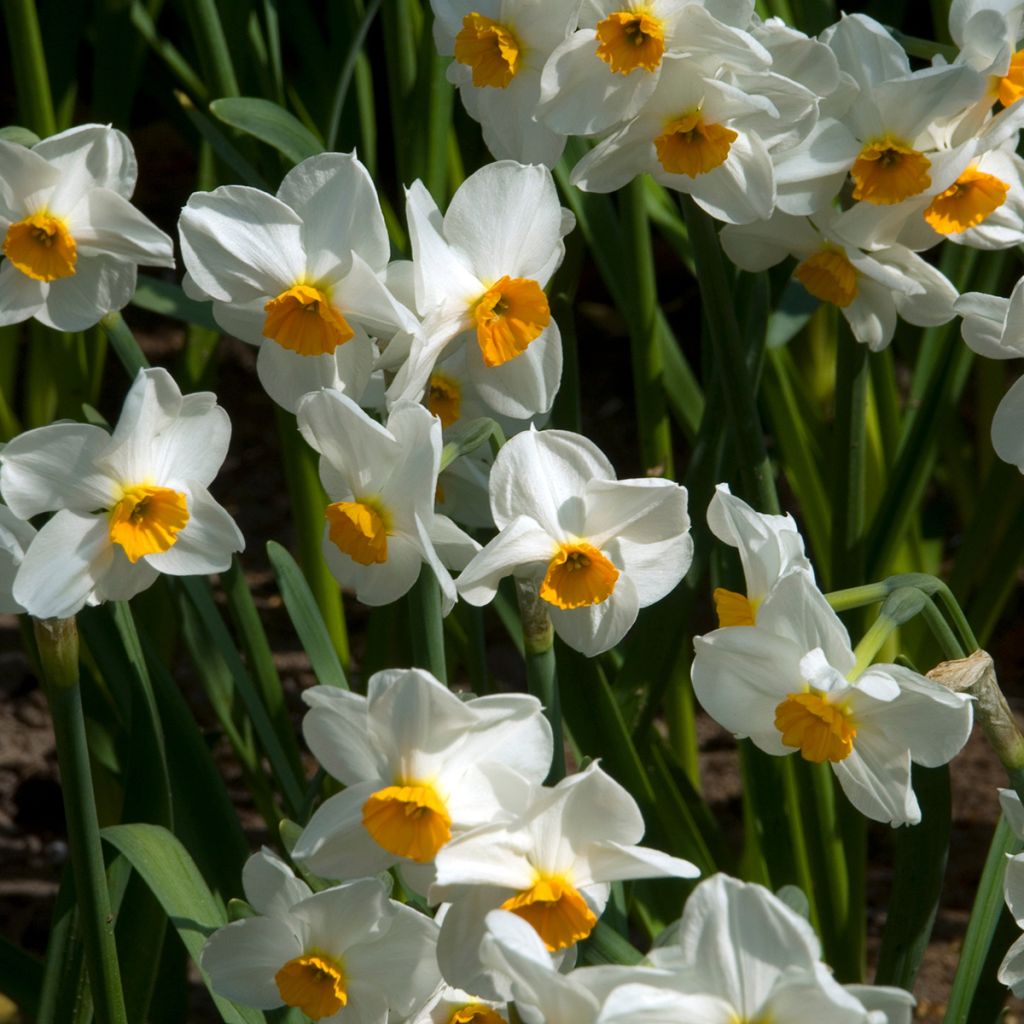

Narcissus tazetta Geranium
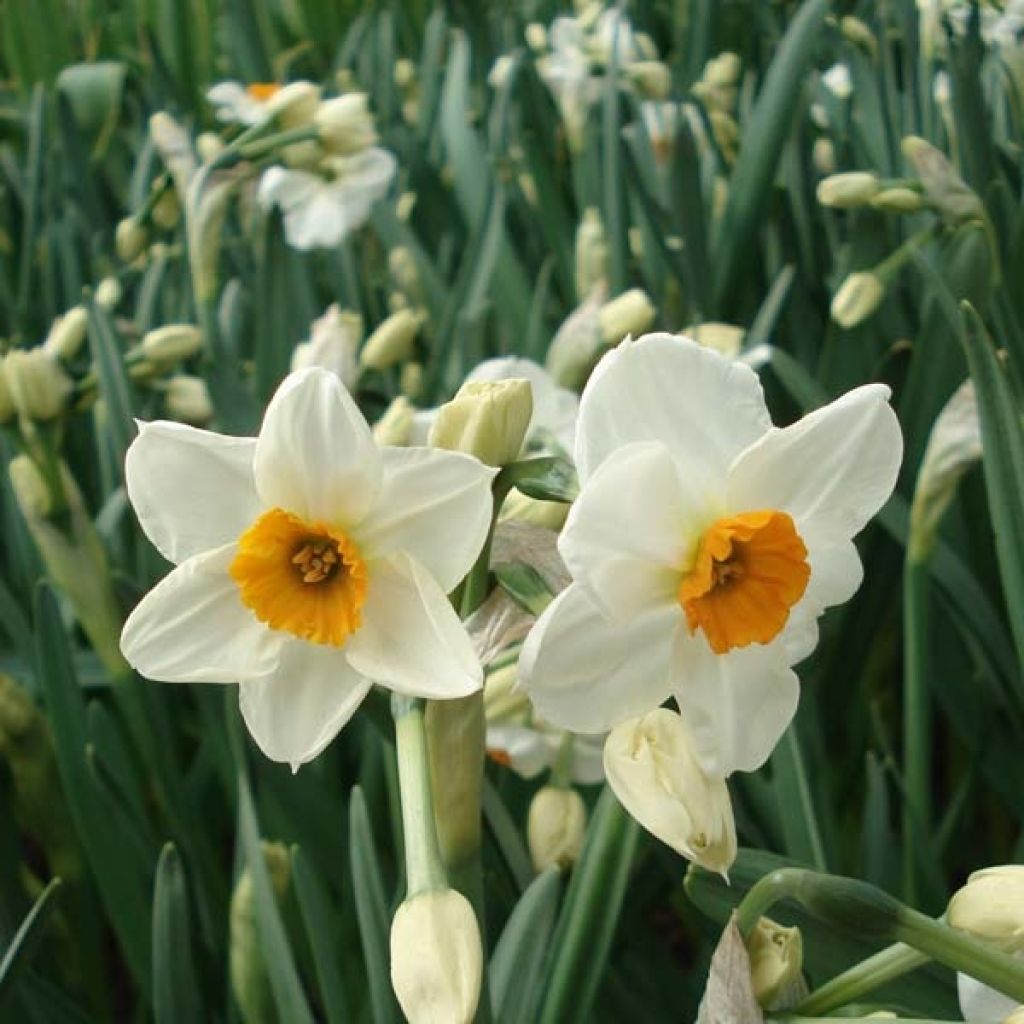

Narcissus tazetta Geranium
Narcissus tazetta Geranium
Narcissus tazetta Geranium
Daffodil 'Geranium'
To make beautiful bouquets at the beginning of spring.
Mireille T., 03/11/2018
Special offer!
Receive a €20 voucher for any order over €90 (excluding delivery costs, credit notes, and plastic-free options)!
1- Add your favorite plants to your cart.
2- Once you have reached €90, confirm your order (you can even choose the delivery date!).
3- As soon as your order is shipped, you will receive an email containing your voucher code, valid for 3 months (90 days).
Your voucher is unique and can only be used once, for any order with a minimum value of €20, excluding delivery costs.
Can be combined with other current offers, non-divisible and non-refundable.
This plant carries a 6 months recovery warranty
More information
We guarantee the quality of our plants for a full growing cycle, and will replace at our expense any plant that fails to recover under normal climatic and planting conditions.


Would this plant suit my garden?
Set up your Plantfit profile →
Description
Narcissus tazetta 'Geranium' is an ancient variety close to a botanical species of Mediterranean origin, also known as bouquet narcissus or Constantinople narcissus. In mid-spring, this variety boasts an abundance of small white flowers with an orange centre. This multi-flowered narcissus will be perfect in a spring bouquet, where its delicious fragrance will fill the whole house. It prefers sunny exposures and dry soils in summer, which help it to naturalise in the garden. In mild climates, it can be planted directly in the garden where it will look stunning when planted en masse. In climates with harsher winters (below -10°C (14°F)), it can brighten up balconies and patios when planted in a container or pot that can be brought indoors at the end of the growing season. This variety has received the prestigious RHS Award of Garden Merit.
Narcissus tazetta 'Geranium' belongs to the Amaryllidaceae family. The Narcissus genus includes around 50 species found mainly in Western Mediterranean, but also in Africa and Asia. The tazetta narcissus naturally grows in damp meadows, dry lawns, and scrubland. It belongs to division 8 of the large narcissus family, which includes 13 divisions. 'Geranium' is an ancient variety of N. Tazetta, created in 1930 by the Dutch breeder J.B. van der Schoot.
Narcissus tazetta 'Geranium' forms a clump that reaches about 40cm (16in) in height when in bloom. Its flowers form at the end of sturdy stems, in groups of 3 to 6. Its flowering in March-April starts with creamy-white flower buds that open into pretty flowers with white petals and a small light orange crown. These flowers are delightfully fragrant. The foliage is deciduous and disappears in summer. In mild climates, it multiplies easily by producing bulblets, forming large clumps over time.
There are so many daffodil cultivars that one can enjoy them for three months in spring without ever getting tired. They all have in common the ability to naturalise easily, to offer an infinite range of yellow and white shades, and to often emit sweet fragrances. Grow them in large clumps in lawns or at the edge of flower beds (at least 20 bulbs) for an enhanced effect. Pair 'Geranium’ with squills , botanical tulips, forget-me-nots, and small grasses like stipa. A group of 'Geranium’ daffodils in a vase creates a sensational effect. This daffodil is also perfect in pots.
Daffodil or Narcissus? Botanically speaking, daffodils are part of the narcissus family. They bear flowers grouped in twos or more and their corona forms a campanulate trumpet that is longer than the corolla is wide. The botanical species have the charm of wild plants and thrive in rock gardens: N. bulbocodium, N. canaliculatus, N. juncifolius, N. pseudonarcissus are among the prettiest.
For bouquets, we advise against mixing narcissus with other flowers, especially tulips, as the stems of narcissus contain a substance that causes other flowers to wilt quickly. This detrimental effect on other flower varieties can be mitigated by dipping the ends of the narcissus stems in warm water for 1 to 2 minutes.
Narcissus tazetta Geranium in pictures
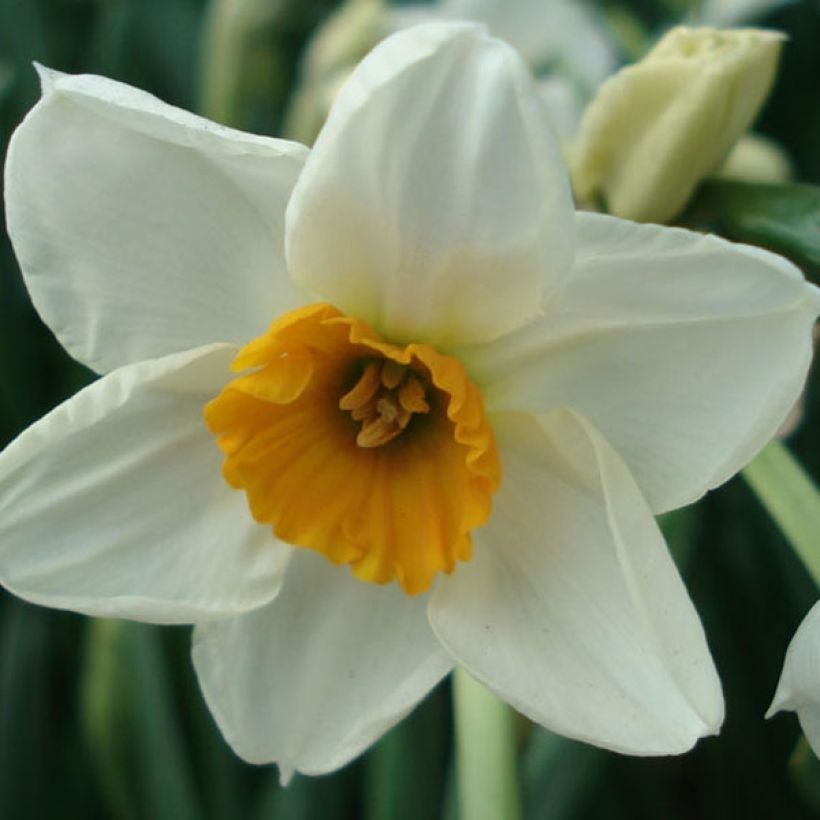

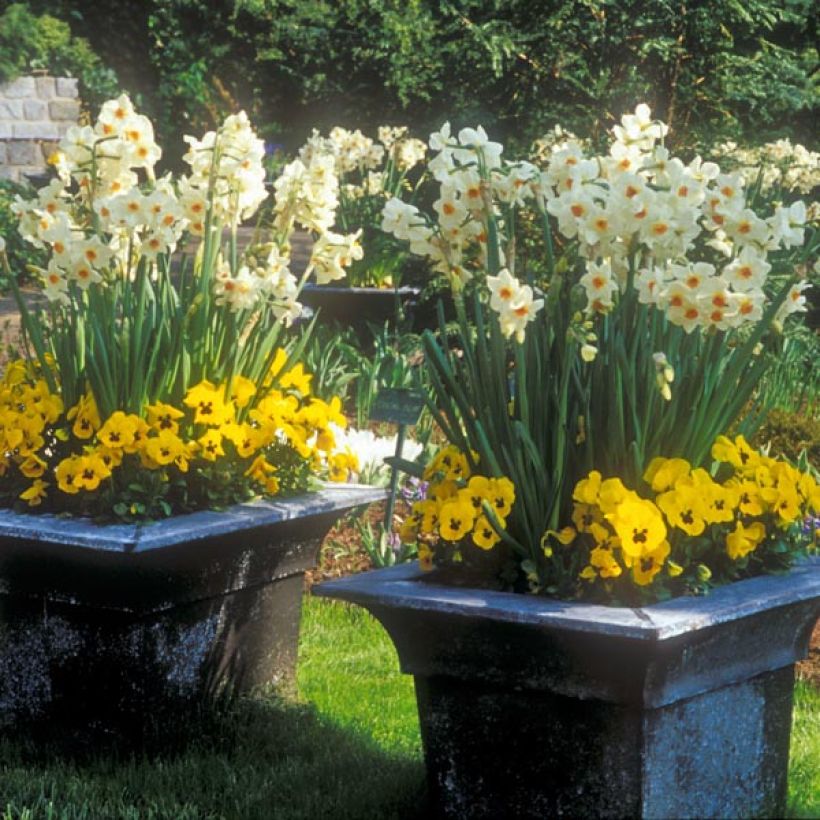

Plant habit
Flowering
Foliage
Botanical data
Narcissus
tazetta
Geranium
Amaryllidaceae
Daffodil 'Geranium'
Cultivar or hybrid
Other Single Daffodils
View all →Planting and care
Narcissus tazetta 'Geranium' grows in any well-drained and loosened soil, even if limestone and clayey. It is content with dry soil in summer. The results are less favourable in overly wet or excessively acidic soils. Plant the bulbs from September to mid-December, at a depth of 15cm (6in), with a spacing of 8cm (3in), in a sunny or semi-shaded location (at least 3 hours of sunlight per day). Do not disturb them, and each year, your daffodils will produce more and more flowers.
You can plant them in lawns. In this case, lift the turf, and dig and loosen the soil to a depth of at least 20cm (8in) (the length of a spade). Plant your bulbs, cover with soil, and replace the turf. Choose a spot where you won't mow, as the daffodil leaves must wither before cutting them. The bulb uses the leaves to rebuild itself and prepare the flowers for the following year. However, cut the flowers as soon as they fade to avoid seed formation, which would unnecessarily exhaust the bulb.
It is advisable to water during dry periods, especially during the flowering period. However, overly wet summers are detrimental to the bulbs, which may rot. Daffodils generally remain in the ground, but the bulbs can be lifted once the foliage has turned yellow to protect them from excessive rain in summer.
After flowering, let the foliage die naturally and only cut it when it becomes yellow.
If the clumps become too dense, they will bloom less. They can be divided from July to September when the leaves are dry. You can replant the bulbs (undamaged) immediately.
Planting period
Intended location
Care
Planting & care advice
-
, onOrder confirmed
Reply from on Promesse de fleurs
Haven't found what you were looking for?
Hardiness is the lowest winter temperature a plant can endure without suffering serious damage or even dying. However, hardiness is affected by location (a sheltered area, such as a patio), protection (winter cover) and soil type (hardiness is improved by well-drained soil).

Photo Sharing Terms & Conditions
In order to encourage gardeners to interact and share their experiences, Promesse de fleurs offers various media enabling content to be uploaded onto its Site - in particular via the ‘Photo sharing’ module.
The User agrees to refrain from:
- Posting any content that is illegal, prejudicial, insulting, racist, inciteful to hatred, revisionist, contrary to public decency, that infringes on privacy or on the privacy rights of third parties, in particular the publicity rights of persons and goods, intellectual property rights, or the right to privacy.
- Submitting content on behalf of a third party;
- Impersonate the identity of a third party and/or publish any personal information about a third party;
In general, the User undertakes to refrain from any unethical behaviour.
All Content (in particular text, comments, files, images, photos, videos, creative works, etc.), which may be subject to property or intellectual property rights, image or other private rights, shall remain the property of the User, subject to the limited rights granted by the terms of the licence granted by Promesse de fleurs as stated below. Users are at liberty to publish or not to publish such Content on the Site, notably via the ‘Photo Sharing’ facility, and accept that this Content shall be made public and freely accessible, notably on the Internet.
Users further acknowledge, undertake to have ,and guarantee that they hold all necessary rights and permissions to publish such material on the Site, in particular with regard to the legislation in force pertaining to any privacy, property, intellectual property, image, or contractual rights, or rights of any other nature. By publishing such Content on the Site, Users acknowledge accepting full liability as publishers of the Content within the meaning of the law, and grant Promesse de fleurs, free of charge, an inclusive, worldwide licence for the said Content for the entire duration of its publication, including all reproduction, representation, up/downloading, displaying, performing, transmission, and storage rights.
Users also grant permission for their name to be linked to the Content and accept that this link may not always be made available.
By engaging in posting material, Users consent to their Content becoming automatically accessible on the Internet, in particular on other sites and/or blogs and/or web pages of the Promesse de fleurs site, including in particular social pages and the Promesse de fleurs catalogue.
Users may secure the removal of entrusted content free of charge by issuing a simple request via our contact form.
The flowering period indicated on our website applies to countries and regions located in USDA zone 8 (France, the United Kingdom, Ireland, the Netherlands, etc.)
It will vary according to where you live:
- In zones 9 to 10 (Italy, Spain, Greece, etc.), flowering will occur about 2 to 4 weeks earlier.
- In zones 6 to 7 (Germany, Poland, Slovenia, and lower mountainous regions), flowering will be delayed by 2 to 3 weeks.
- In zone 5 (Central Europe, Scandinavia), blooming will be delayed by 3 to 5 weeks.
In temperate climates, pruning of spring-flowering shrubs (forsythia, spireas, etc.) should be done just after flowering.
Pruning of summer-flowering shrubs (Indian Lilac, Perovskia, etc.) can be done in winter or spring.
In cold regions as well as with frost-sensitive plants, avoid pruning too early when severe frosts may still occur.
The planting period indicated on our website applies to countries and regions located in USDA zone 8 (France, United Kingdom, Ireland, Netherlands).
It will vary according to where you live:
- In Mediterranean zones (Marseille, Madrid, Milan, etc.), autumn and winter are the best planting periods.
- In continental zones (Strasbourg, Munich, Vienna, etc.), delay planting by 2 to 3 weeks in spring and bring it forward by 2 to 4 weeks in autumn.
- In mountainous regions (the Alps, Pyrenees, Carpathians, etc.), it is best to plant in late spring (May-June) or late summer (August-September).
The harvesting period indicated on our website applies to countries and regions in USDA zone 8 (France, England, Ireland, the Netherlands).
In colder areas (Scandinavia, Poland, Austria...) fruit and vegetable harvests are likely to be delayed by 3-4 weeks.
In warmer areas (Italy, Spain, Greece, etc.), harvesting will probably take place earlier, depending on weather conditions.
The sowing periods indicated on our website apply to countries and regions within USDA Zone 8 (France, UK, Ireland, Netherlands).
In colder areas (Scandinavia, Poland, Austria...), delay any outdoor sowing by 3-4 weeks, or sow under glass.
In warmer climes (Italy, Spain, Greece, etc.), bring outdoor sowing forward by a few weeks.






























